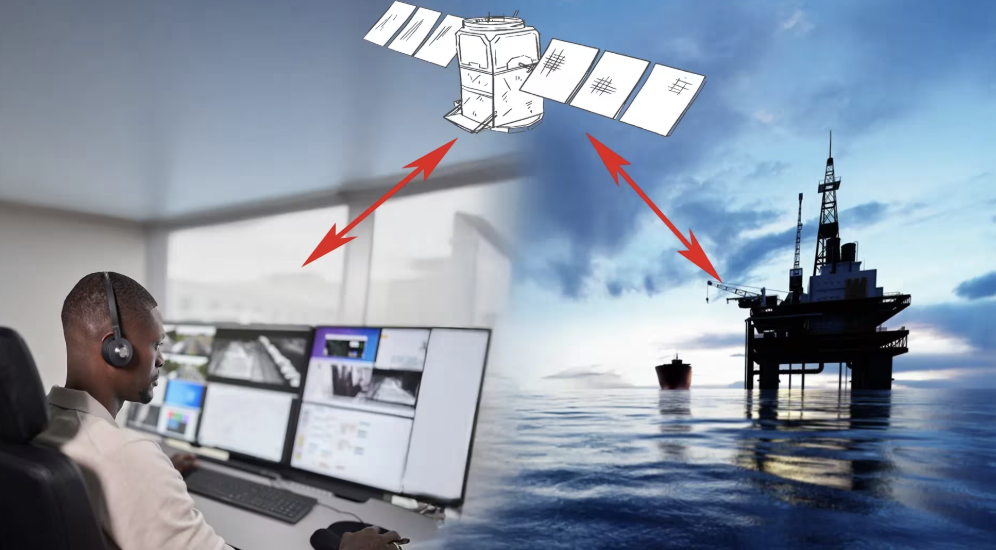Executive Q&A: Quality Audio for All
Audio-Technica U.S. CEO and president Manabu Aoki reinforces the company's 60-year philosophy.
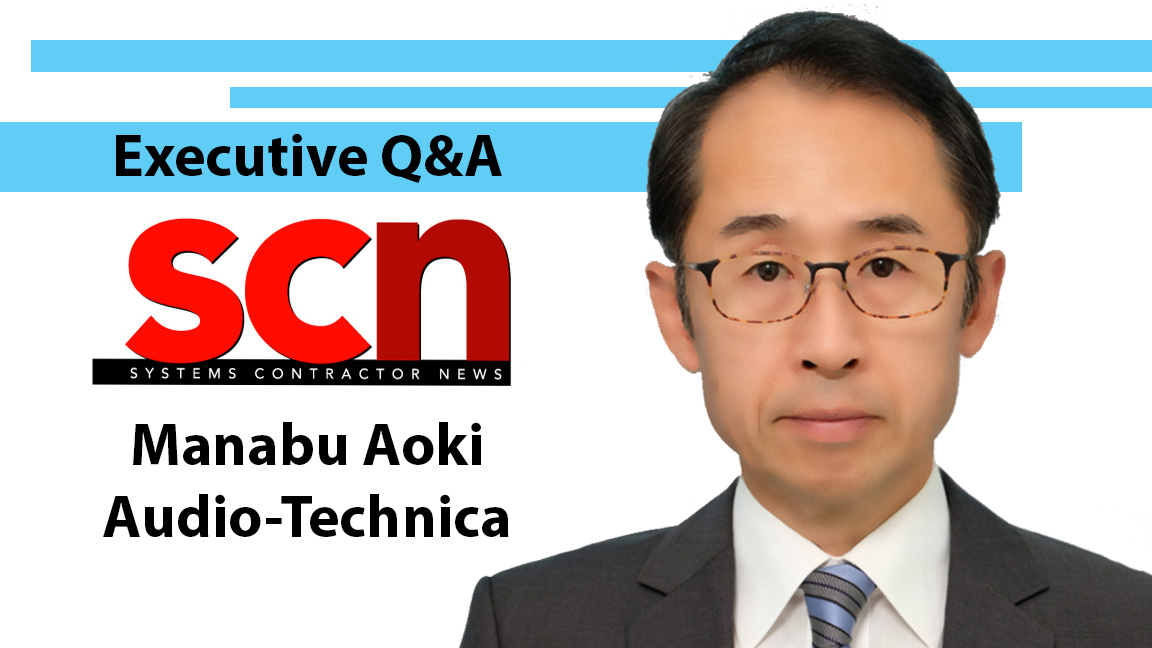
SCN: How long have you been with this company, and what are your responsibilities?
Manabu Aoki: I have been with Audio-Technica for more than eight years. I currently serve in multiple roles. I am a director with Audio-Technica Corporation in Japan, as well as president and CEO of Audio-Technica U.S. (ATUS). In addition to overseeing the day-to-day operations of ATUS, I also oversee A-T Canada and A-T Latin America, implementing our strategic vision for all groups.
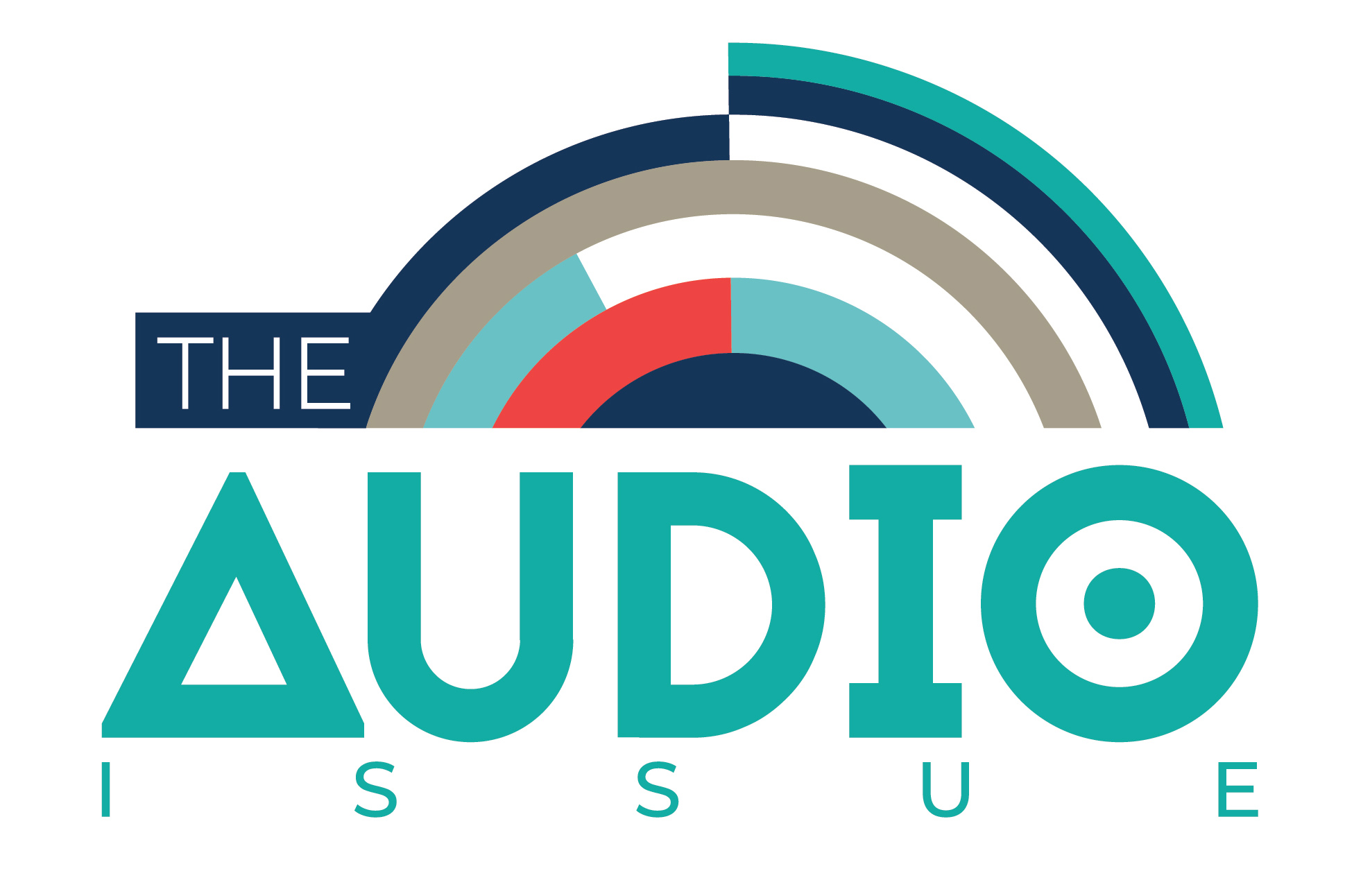
SCN: How has your background prepared you for your role?
MA: Before I joined Audio-Technica Corporation in Japan, I served as president and CEO of JVC Professional Europe and vice president of JVC Europe, headquartered in London. Similar to A-T, JVC is a Japan-based corporation with multiple operations globally, so the corporate infrastructure and distribution models are similar, as are the market sectors. And working at A-T Corporation, I regularly interfaced with the previous U.S. CEO, Phil Cajka. So, I came to my new position at ATUS with a keen understanding of how things should function.
SCN: How is Audio-Technica celebrating its 60th anniversary?
MA: We are holding a series of global celebrations focused on our analog heritage. This includes a series of listening events that pay homage to those our founder, Hideo Matsushita, staged during his tenure at the Bridgestone Museum of Art in Tokyo. The positive response to his LP listening concerts inspired Matsushita-san to start Audio-Technica. With his design of our first product—the AT-1 phono cartridge—he started to realize his dream of providing high-quality audio for everyone. So, we are marking our 60 years as a company with events that honor and celebrate that analog legacy.

As we celebrate, we acknowledge the tremendous efforts of dedicated employees, as well as our strong relationships with commercial audio professionals, dealers and retailers, and, most importantly, our passionate fan/customer base that continues to inspire us to create the best possible listening experiences.
SCN: What are the short and long-term goals for your company?
A daily selection of features, industry news, and analysis for AV/IT professionals. Sign up below.
MA: One of the joys of being part of Audio-Technica is the company’s inclusive philosophy. We value high-fidelity audio and the tools that create it, and we believe it should be accessible to everyone at a reasonable price. So, the short and long-term goals are largely the same: Continue to engineer market-driven solutions and get them into the hands of as many people as possible—to provide quality audio for all.
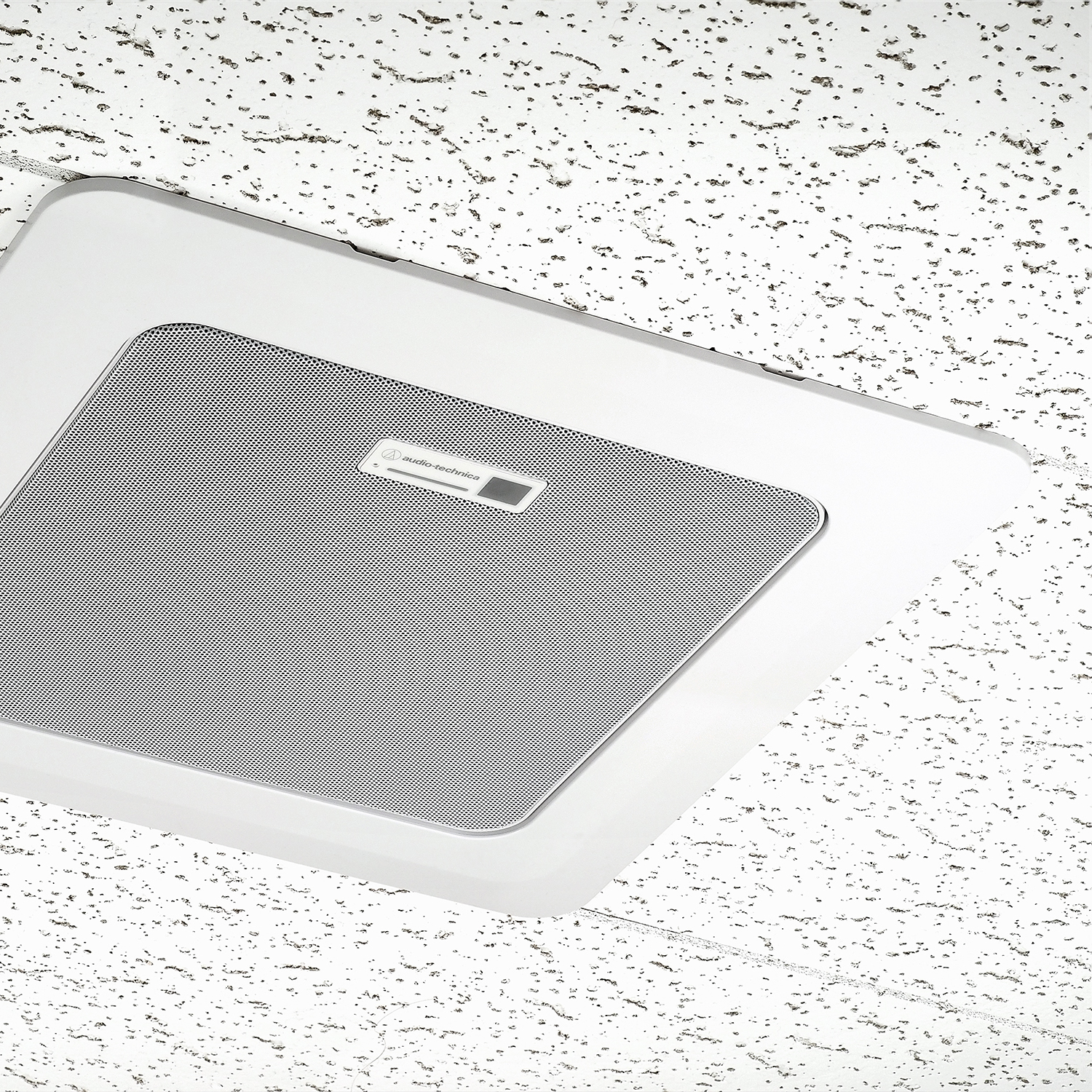
I oversee multiple market segments, but we can look at commercial audio as an example. Recently, we introduced the ATND1061 beamforming ceiling array microphone, which brings a new level of performance at a more accessible price point. In addition, our strategic technology partnerships, such as QSC, Crestron, Symetrix and others, successfully integrate product control/communication.
Moving forward, we will continue to invest resources toward the development of other groundbreaking, easy-to-use products that offer customers exciting new audio experiences. This is in line with the philosophy that has guided the company since its beginning, and I don’t see that philosophy ever changing.
SCN: Where do you see the Pro AV industry heading?
MA: I think we are seeing a new trend in which solutions are still very complex, but also very easy to use. You might call it a “user-friendly” or “intuitive” trend—more manufacturers are developing products as no-nonsense solutions rather than dreaming up complicated components. Consumers, in general, don’t want a convoluted setup of gadgets—they want single-source products that serve a function and don’t cause headaches. They want things to just work and for operation to be intuitive. There will always be a place for gearheads who love their large setups, but the industry must address the users who need simple, precise, system-agnostic solutions.
[Executive Q&A: Diamond Days for Verrex]
In addition, we have all seen the advancements of video technology with 8K definition, etc. However, audio needs to make similar advancements in order to keep pace. Immersive audio, network audio and integrated software will be key for the A/V industry growth.
SCN: Are USB mics strictly for podcasts, or have you seen a bump in sales with the increased use of videoconferencing?
MA: USB mics offer plug-and-play functionality, which is always a bonus when it comes to audio. We have definitely seen widespread adoption of USB in commercial audio, generally, and the rise of videoconferencing in the pandemic era has certainly played a big role in that. I see no reason for this trend not to continue. Again, this is an example of consumers wanting products that just work, without requiring extra steps or other components. And if you design a great microphone, even if it’s intended for podcasting or conferencing, it can transcend that market sector and be adopted for many additional applications. Once something is in the end user’s hands, the sky is the limit!
There will always be a place for gearheads who love their large setups, but the industry must address the users who need simple, precise, system-agnostic solutions.
SCN: What’s the most prominent mistake you see in terms of using mics, and what advice would you like to share to correct it?
MA: Our engineers will tell you that microphone placement is the primary variable that determines how well an audio source is captured. Understanding things like a microphone’s polar pattern can go a long way to getting the desired result. Some users may get frustrated and believe all this is over their heads, but Audio-Technica offers many helpful tools, such as tutorials on our YouTube channel, which cover the basics.
SCN: Admittedly this often comes down to personal preference, and you sell both, but for Pro AV professionals, what’s the better choice: earbuds or over-ear headphones?
MA: In many cases, this will come down to application. In-ear headphones not only give you a more intimate audio experience, but they’re also lower profile, which can make them more appropriate for videoconferencing applications. Over-ear headphones often function better in busy work environments: They’re easy to take on and off, hang on a hook at your desk, stash in a drawer, etc. You can also get models, such as communication or gaming headsets that have an integrated boom microphone, which many find useful. In-ear headphones are probably more convenient on the go, but over-ear headphones are the right solution for many settings.
[Executive Q&A: A Time of Transition]
SCN: This is a little off-topic, but I have to ask: How’s the turntable business these days?
MA: Our turntable and cartridge sales have been consistently strong and realized tremendous growth during the pandemic. When Hideo Matsushita founded our company 60 years ago, his first two products were the AT-1 and AT-3 cartridges, and six decades later we’re proud to still be developing and producing products for that market sector, which keeps growing year by year.
SCN: How can systems contractors better position themselves to profit from products and/or services you have to offer?
MA: As we continue to grow into a complete systems solution provider, it will be important for system contractors to cultivate a relationship with A-T’s internal and external sales forces and get to know the product line as well as they can. Admittedly, we have a lot of product SKUs—more than 700—so I wouldn’t expect contractors to memorize them all. That’s why our internal sales team and our manufacturer’s reps are ready as resources that contractors can turn to. The better contractors can spec specific products for a job, whether it’s from their personal store of knowledge or with the help of A-T’s sales personnel, the better they can serve their customers. And as we all know, happy customers mean more profit and more job opportunities.
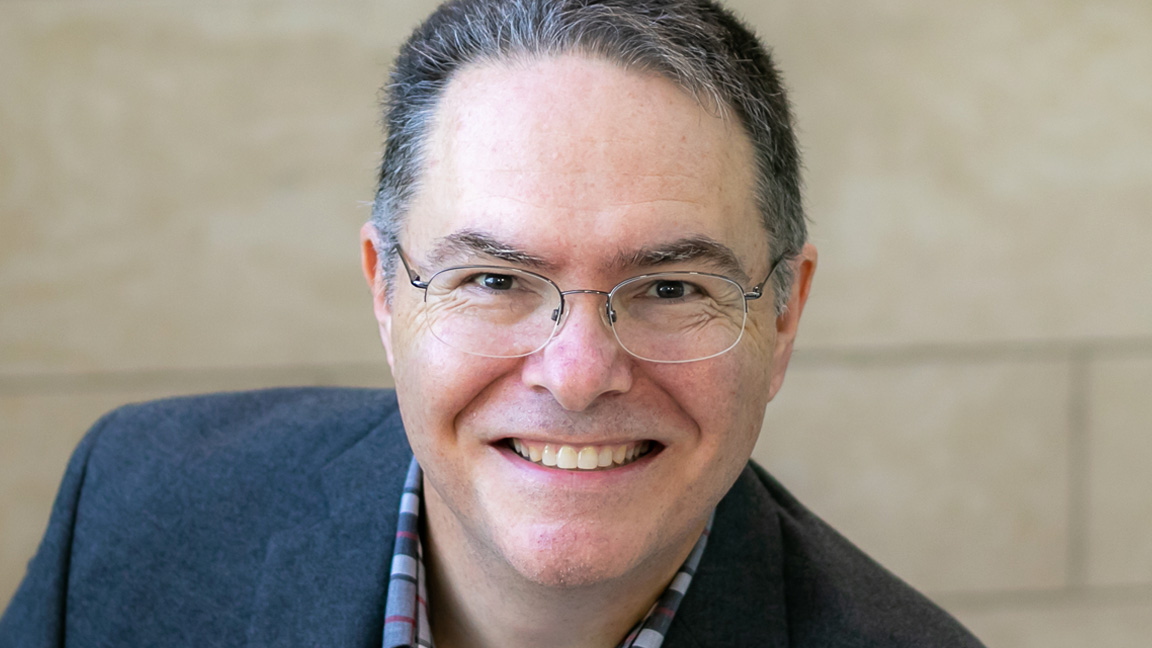
Mark J. Pescatore, Ph.D., has been the content director of Systems Contractor News since 2021. During his career, he's hosted and programmed two ongoing regional industry trade shows (including Future B2B's AV/IT Summit), produced and hosted podcasts and webinars focused on the professional video marketplace, taught more than a dozen college communication courses, co-authored the book Working with HDV, and co-edited two editions of The Guide to Digital Television.
